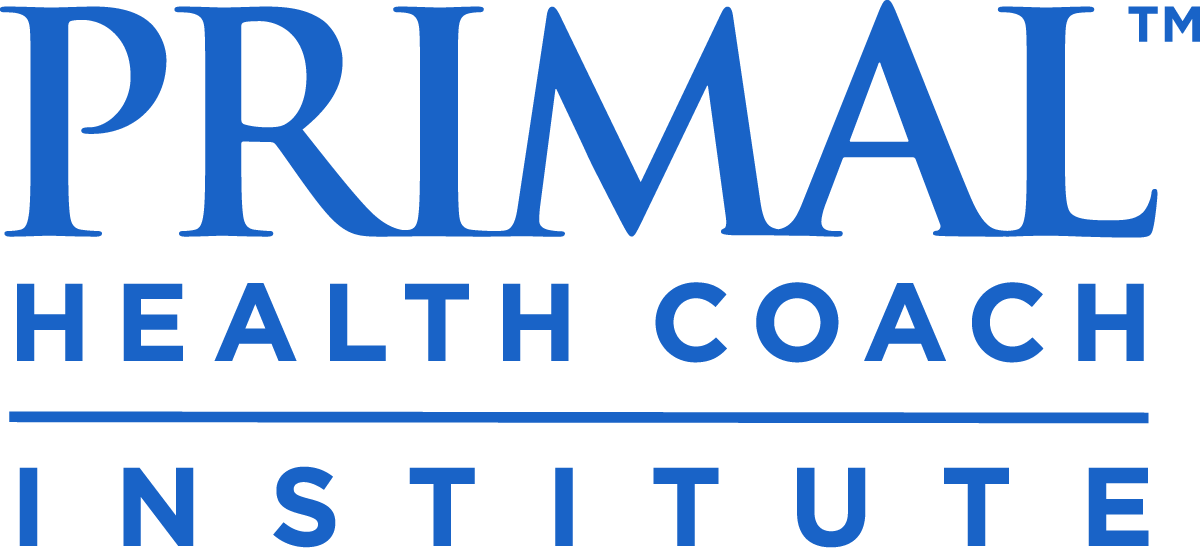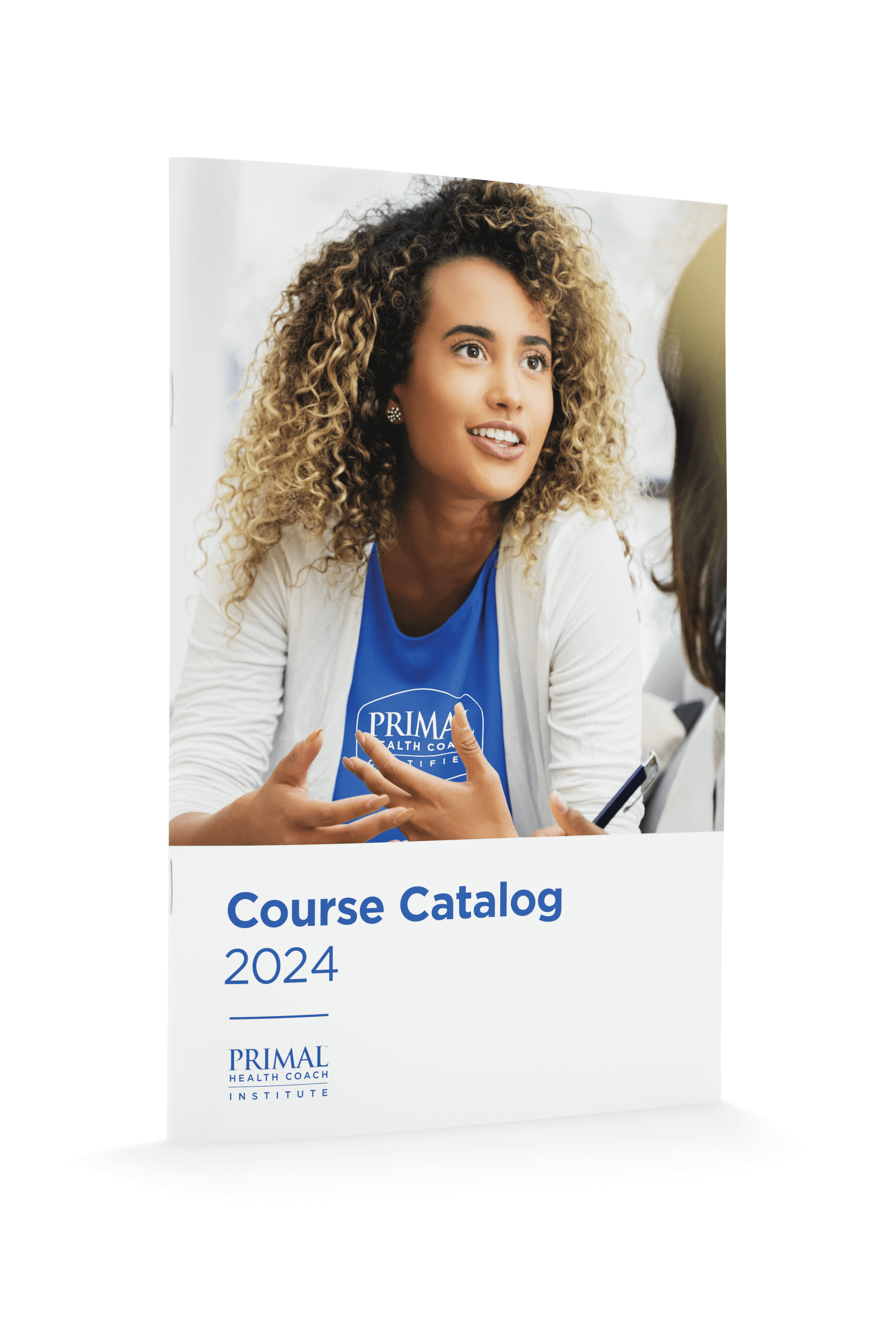
You just got your first client. Congratulations! It’s exciting to realize you’re actually moving toward making a living at being a health coach (instead of just studying to become one). But if you’re spending more time worried about the what ifs instead of high-fiving yourself for being so incredibly awesome, take a deep breath and read today’s post.
The 11 Things You Need Before Your First One-on-One Coaching Session
On this checklist you’ll find some tangible things like insurance, forms, and a way to write down information (hopefully that one’s a given). Other checklist items focus more on the mindset to get you in the right space for your session so that you’re calm, productive, organized, and can give your first client an exceptional experience—one that they’ll hopefully share with others.
Health Coach Checklist:
- Liability Insurance
- An Agreement
- Intake Forms
- A Plan
- A Flexible Attitude
- A Pen and Paper (or Laptop/Tablet)
- Your Listening Ears
- Passion
- Patience
- Curiosity
- Undivided Attention
If taking a screen shot of this checklist is all you need to feel ready for your first one-on-one session, then go for it. But if you’re looking for a little more in-depth explanation of what each one means, then read on.
Liability Insurance
Even if you’re only coaching part-time, liability insurance is important to protect you and your health coaching business if someone you’re working with gets sick or hurt and decides to take legal action. It’s fairly inexpensive, and you can usually apply for liability insurance and be covered in a matter of minutes. Companies like Alternative Balance specialize in insurance for the health and wellness industry, but you can also contact your local insurance agent for plans and pricing. Check out this post for more information about protecting yourself legally.
An Agreement
This is a document that clarifies what’s expected of both you and your client. It might include specifics around what services you’re providing, cancellation fees, and communication policies (i.e. your client shouldn’t be able to text you 24 hours a day with questions). Go ahead and write this up in your own words, and be sure to have your client sign the agreement before or during your first one-on-one.
Intake Forms
Primal Health Coach Institute students and graduates have access to lots of forms that are useful in coaching sessions, including Discovery Forms and Intake Forms. Also called Health History Forms or Initial Interview Forms, these would include things like how your client heard about you, what their top health and wellness goals are, any current health challenges they have, and how committed they are to making diet and lifestyle changes. If you’re working remotely, send these forms to your client in advance. If you’re meeting them in person, you can have these forms printed out, however, emailing them ahead of time can be a huge time saver and is more convenient for some.
A Plan
Having a plan is key to being successful in your first one-on-one session. And that involves a few different parts, including getting clear on the logistics of where, when, and for how long you’re meeting, and a general outline of your session.
- The logistics of where and when. Is your session online, over the phone, in person? Make sure you have that figured out ahead of time, and that your client has the right address or video call link so there’s no confusion. Also, be sure both of you are clear on what time your meeting is scheduled for, and be aware of any time zone differences if you’re working remotely. In addition, know how long the session is supposed to last—and if you’re okay with it going a few minutes longer than expected.
- A general session outline. What do you hope to achieve during your one-on-one? Since this is your first session, I suggest writing down a list of things you want to cover, and approximately how long each one would take to complete, plus any homework, print-outs, or next steps you might give to your client at the end. Also, and I can’t say this enough—PRACTICE! Set up a mock session with your spouse, your kids, your neighbors, or even your pet. Build up your confidence as a health coach in any way you can.
A Flexible Attitude
There’s a subtle balance between sticking to your game plan and having flexibility. You can’t anticipate everything your client might do or say, or what their needs might be. And as you know from most other life experiences, not everything always goes as planned. The goal here is to stay in control of the session, but be open and flexible enough to go with the flow.
A Pen and Paper (or Laptop/Tablet)
I can’t imagine showing up for a session and not having a way to write things down, but it happens! Before your one-on-one begins, grab a few pens and a notebook or a clipboard with paper. If you’re using an electronic device like a laptop or tablet, be sure it’s fully charged.
Your Listening Ears
While you’ll want to jot down the things your client is saying, you don’t want to spend the majority of your session with your head in your computer. The number one thing to remember is that you are there to listen. There’s a good chance your client has worked with doctors, health care providers, or other coaches, and not been heard. This is your opportunity to be quiet and let your client do the talking for awhile.
Patience
This means having patience with yourself and your client. When I first started health coaching, I always felt like I had to know the answer to my clients’ health challenges before I even met with them. Being okay with just being there, listening to your client, and collecting information is all you need to do in your first session with them. Also, be patient with your client. Chances are they’re pretty anxious about their health concerns and might not be able to clearly spell out all of their health challenges and goals for you on the first try.
Passion
If you’re feeling nervous about your one-on-one, remember why you got into health coaching in the first place. Was there a health obstacle that you overcame? A specific niche you’re passionate about? Think about your story—and if appropriate, share it! This genuine passion will come through and alleviate any nerves you or your client might be having.
Curiosity
Asking the right questions is not only a great way to peel back the layers of your client’s health concerns, it also helps you get to the heart of why they want to make a change. Your curiosity can draw out their struggles, obstacles, what they’ve tried that’s working, and what hasn’t. Not sure which questions to ask? Check out Coaching Questions: A Coach’s Guide to Powerful Asking Skills.
Undivided Attention
This is the time to have zero distractions. So shut the door, turn the ringer off and don’t try to multi-task. Dedicate this time to you and your client. After all, they’re investing a lot of time and money into working with you. Be respectful of that investment.
And while it’s not really a checklist item, ending your one-on-one session on a strong note is important. That means wrapping up on time, summarizing what your client has said, and reminding them of their homework or next steps. You’ll also want to thank them for their time, make sure they have a follow-up appointment scheduled, and provide an invoice if they haven’t paid in advance.
Concluding the Checklist Conversation
You should be excited about meeting with your first client. So, if you’re still feeling a little unsure, don’t be! Use this checklist to get organized and prepared so that you have everything you need to make this first one-on-one session go smoothly.
[insert page=’access-the-primal-health-coach-guidebook’ display=’content’]



